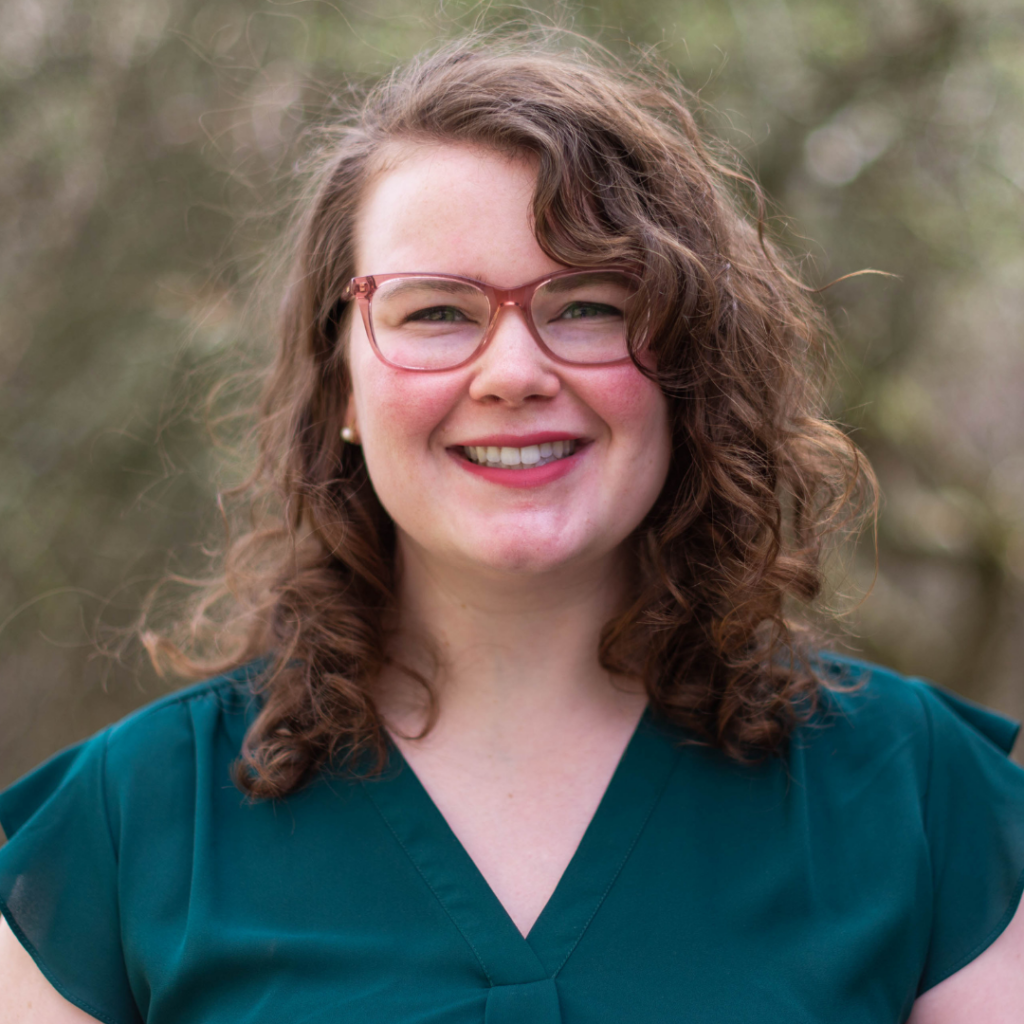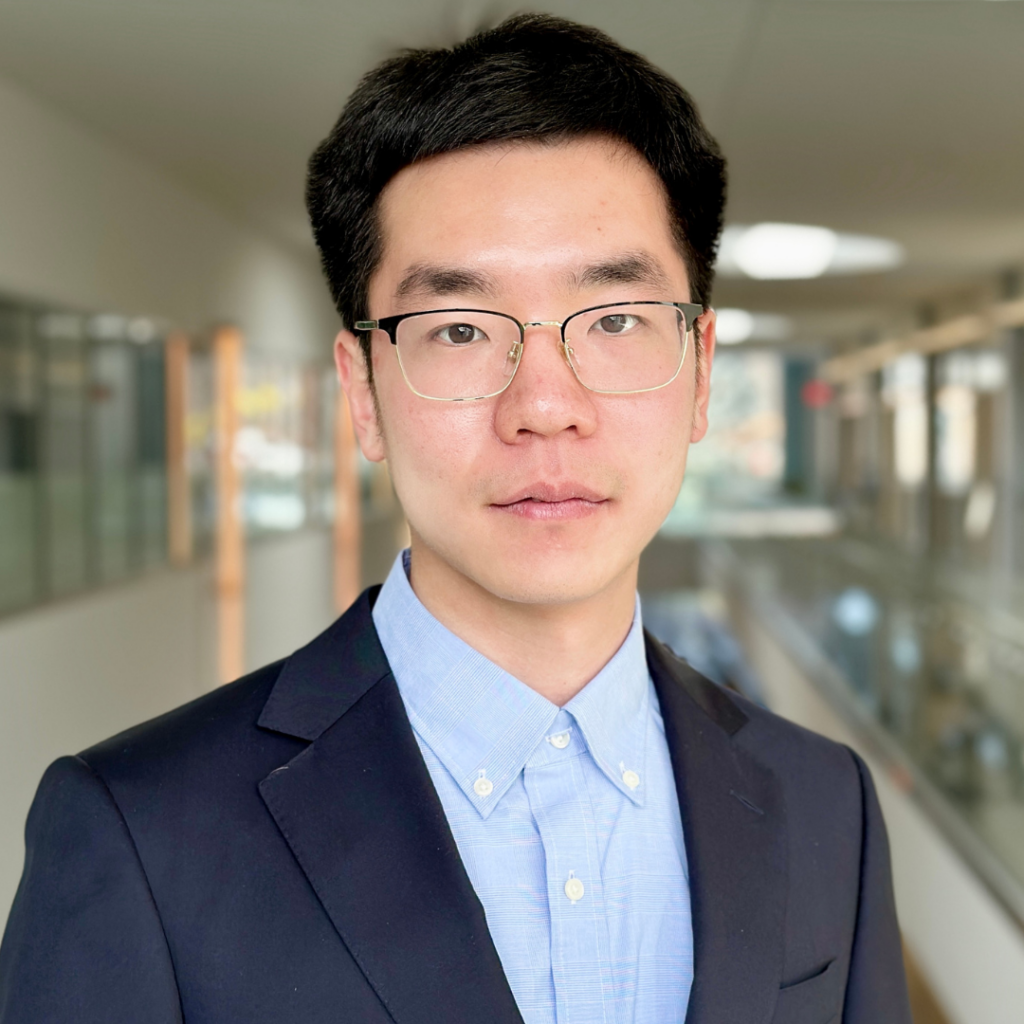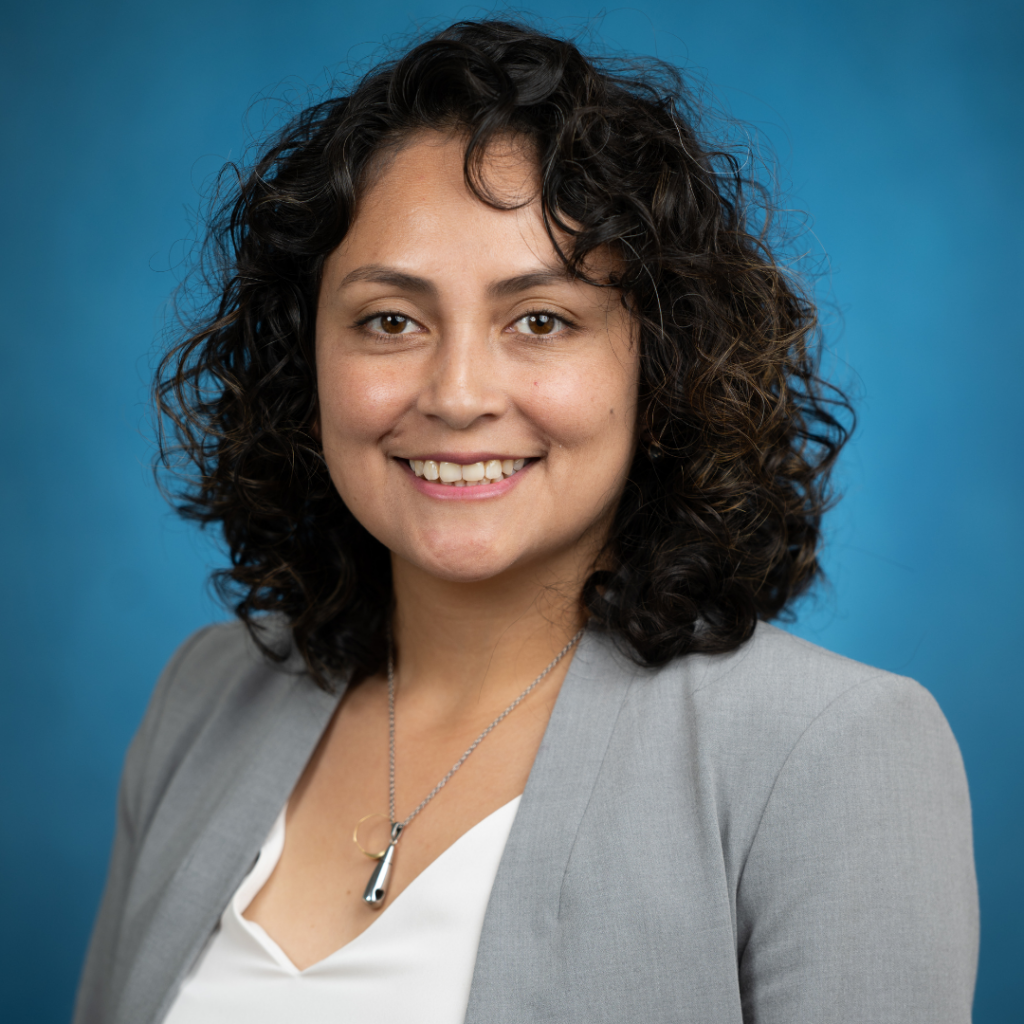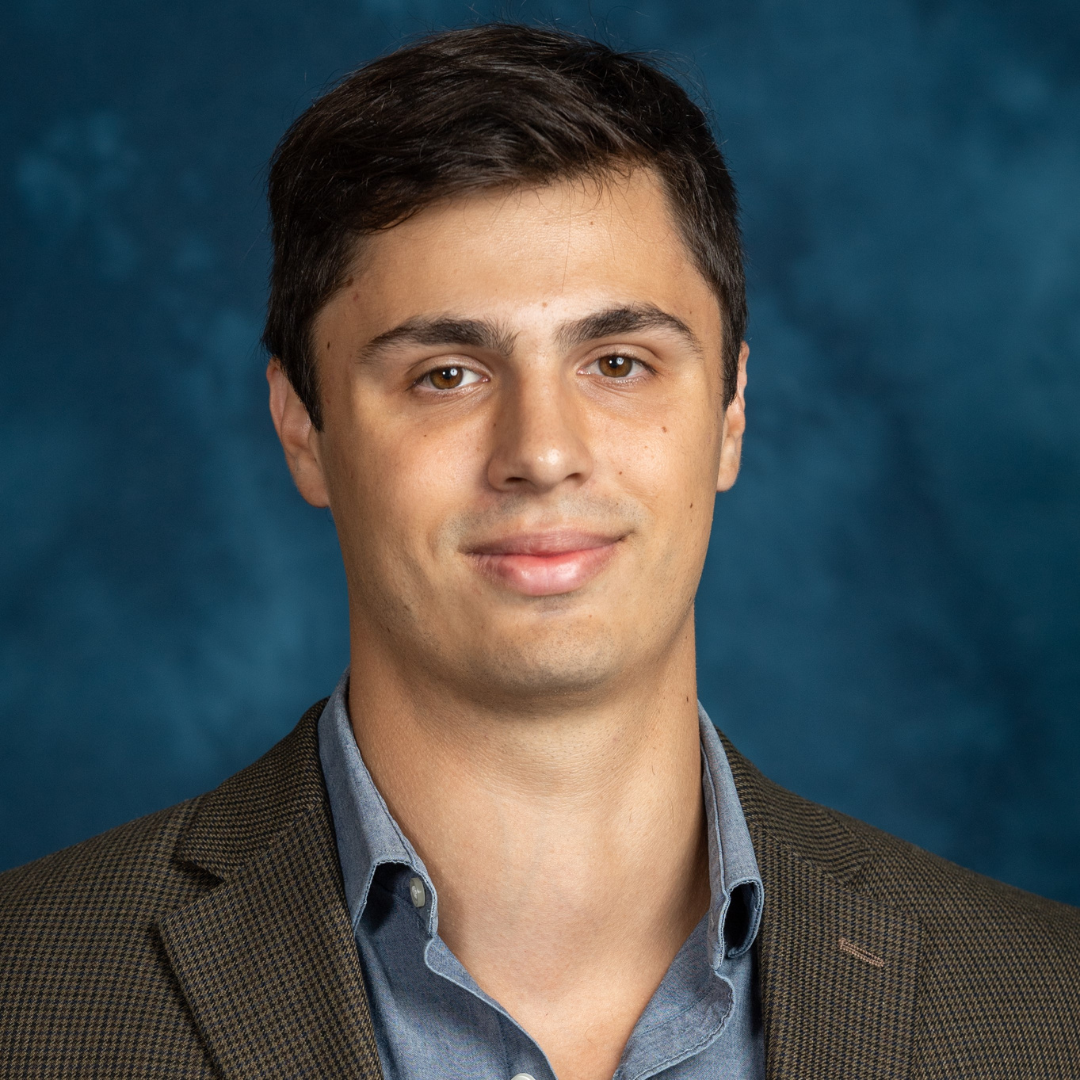The Rackham Predoctoral Fellowships receive approximately 240 nominations each year and are able to award around 85 fellowships. For the 2024-2025 academic year, four mechanical engineering (ME) students have been selected for this fellowship. The Rackham Predoctoral Fellowship supports outstanding doctoral students who have achieved candidacy and are actively working on dissertation research and writing. The Fellowship seeks to support students working on dissertations that are unusually creative, ambitious, and impactful.
Congratulations to the following ME awardees!
Courtney Videchak

My dissertation work is focused on decreasing greenhouse gas emissions (GHG) in the transportation sector for medium- and heavy-duty vehicles, which are currently difficult to electrify. The work I proposed centers on improving a production engine’s behavior on low-carbon alternatives to conventional diesel fuel, including biodiesel and renewable diesel, by creating a fuel-specific engine calibration for maximized engine efficiency and minimized carbon dioxide emissions. The low carbon alternatives have inherent GHG emissions benefits when you consider the entire life cycle of the fuel compared to fossil-derived diesel fuel. Combining those inherent benefits with the engine test results will help me to quantify the life-cycle greenhouse gas emissions benefits associated with switching to the alternative fuels relative to fossil-derived diesel fuel. Ultimately, this work shows the potential to reduce carbon emissions from medium and heavy duty vehicles.
Advised by Andre Boehman
Wenxi Li

My research lies at the intersection of mechanics and materials science, centering around the use and development of novel 3D/4D in-situ X-ray characterization techniques to elucidate unseen relationships between microstructure, micromechanics, and mechanical behavior in crystalline materials. Specifically, my research is divided into four distinct parts: (1) advancing the capabilities of current high-energy diffraction microscopy (HEDM) by proposing a novel reconstruction algorithm. This algorithm, capable of spatially resolving subgrain-level microstructure evolution (as opposed to the conventional grain-averaged response), is being utilized to explore the functional fatigue of NiTi shape memory alloys under thermal cyclic loading. (2) developing point-focused high-energy diffraction microscopy (pf-HEDM), an emerging synchrotron X-ray technique designed to resolve the 3D microstructural evolution across bulk polycrystalline materials with intragranular spatial resolution, particularly in materials with sub-micron grain sizes. Building on the proposed pf-HEDM reconstruction framework, two case studies are uniquely investigated in a way that is not currently possible. (3) unraveling the origins of non-Schmid behavior in hexagonal close-packed metals; and (4) understanding the grain growth mechanism in fine-grained transparent ceramics, which are poised to become the next generation of laser-host materials.
Advised by Ashley Bucsek
Nathaly Villacis Nunez

During my Ph.D. program, I have sought to merge the two mutually complementary fields of orthopaedics and tissue mechanical behavior with solid-mechanics concepts. My dissertation topic focuses on quantifying damage in the rotator cuff tendons in the shoulder to predict patterns of tear propagation and progression. My ultimate goal is to provide clinicians with accessible tear-damage measuring tools which inform rotator cuff repair decisions, potentially enabling the development of mechanistically-driven tendon repair techniques. These repair techniques would be based on the understanding of fundamental tear-growth mechanisms that occur at the microscopic level of tissue, which can propagate through multiple scales. To this end, I am employing experimental and computational techniques to characterize tendon tear growth at both the macro and microscales. In particular, my research objectives are threefold: 1) to measure differences in deformation between intact and injured tendons using full-field strain methods, 2) to explore the effect of the tendon’s microstructural damage on its macroscopic properties via hierarchical unit analysis, and 3) to tie these features into a fully-descriptive rotator cuff constitutive model employing a variational system identification framework. My research approach motivates the evolution of surgical treatments and the analysis of rotator cuff tendon tears based on the understanding of material damage from a holistic perspective.
Advised by Ellen Arruda
Dylan Kovacevich

The ability of engineers to fabricate structures and devices is constrained by the physical properties of the materials available to them. In the field of acoustics, engineered materials with periodic architectures known as metamaterials can be designed to expand the range of accessible acoustic properties, opening new possibilities in sound wave manipulation. In the past couple of decades, the primary acoustic metamaterials research thrust has been in passive composites, but several obstacles limit their practical application. To overcome them, I am working on an alternative active approach, where metamaterial unit cells consisting of microphone-speaker pairs are electronically programmed for desired effective properties. So far, I have developed a fundamental model for the programming of these active acoustic metamaterials and experimentally demonstrated the precise control over the effective properties necessary to realize highly sought-after acoustic devices. Some promising areas of application include noise management, medical imaging, and underwater sensing.
Advised by Bogdan Popa